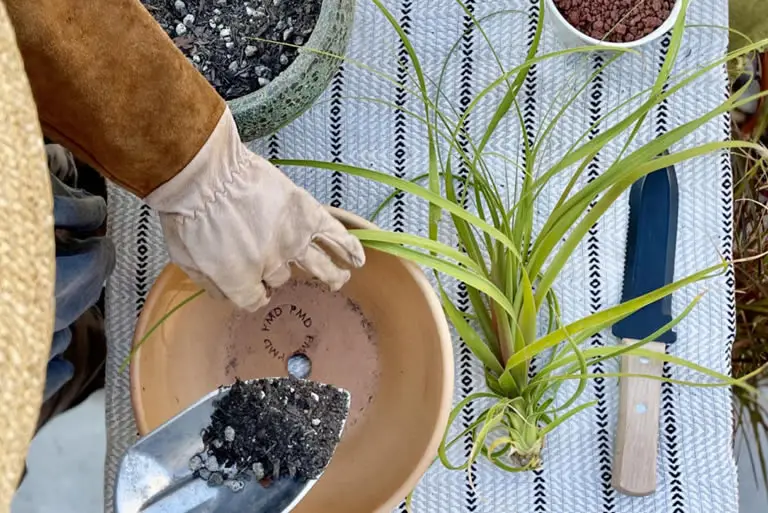Ponytail Palms (Beaucarnea recurvata) are known for their distinctive shape, slow growth, and desert-like resilience—but if you’re hoping to grow a few more from one, propagation takes a little patience and the right approach. While it doesn’t produce many pups or offsets, when it does, they’re a joy to nurture into new plants.
Here’s how to propagate your Ponytail Palm the right way, whether you’re working with offsets or trying something more advanced.
Table of Contents
- Ponytail Palm
- When to Propagate: Wait for Warmth and Active Growth
- Offset Division: The Most Reliable Method
- Water Propagation: Not Recommended for This Plant
- Propagation by Seed: Possible, But Very Slow
- Outdoor Propagation: Best Chance for Natural Pups
- Caring for New Plants: Keep It Dry and Bright
- Final Thoughts
Ponytail Palm
Native to semi-arid regions of southeastern Mexico, Beaucarnea recurvata is actually a succulent, not a true palm.
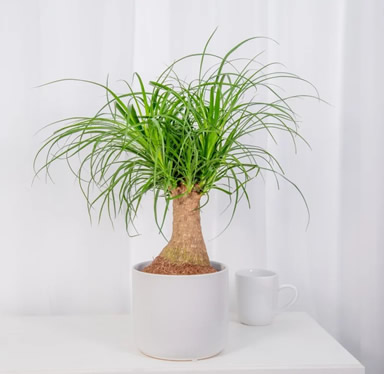
It stores water in its thickened, bulbous base and thrives in dry, sunny environments.
While it grows slowly, mature plants occasionally produce offsets (baby plants) near the base, especially when grown outdoors or in large containers.
Propagation through seeds is possible but uncommon indoors.
For home growers, offsets are the most practical and reliable method.
When to Propagate: Wait for Warmth and Active Growth
Spring and early summer are the best times to propagate, especially if your plant is sending up pups.
Warmer temperatures and longer daylight hours give your cuttings the best chance to root and thrive.
Offset Division: The Most Reliable Method
Look for small offsets or pups growing at the base of a mature Ponytail Palm.
These can be gently removed and potted separately.
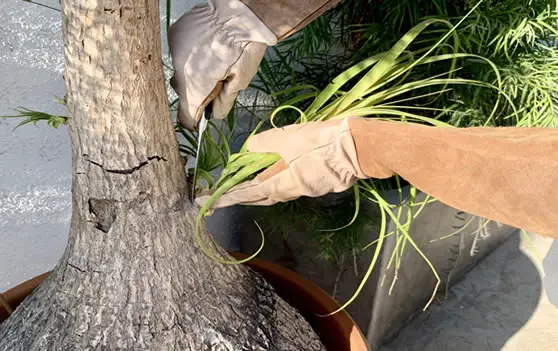
Choose offsets that are at least 3 to 4 inches tall with some root development if possible.
Use a clean, sharp knife or pruning shears to separate the pup from the parent plant, cutting as close to the base as possible without damaging either.
Let the cut end dry for 24 hours to callus over—this helps prevent rot.
Plant the offset in a small pot filled with well-draining cactus or succulent mix.
Keep it in a warm, bright location with indirect light, and water sparingly until roots develop.
Water Propagation: Not Recommended for This Plant
Because Ponytail Palms are succulents with thick, water-storing trunks, they’re not suited for water propagation.
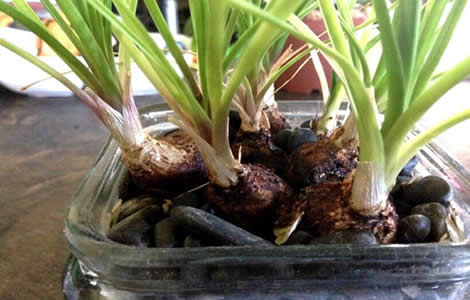
Submerging any part of the plant can lead to rot.
Always propagate Ponytail Palm plants in dry soil only and let any cuts callus before planting.
Propagation by Seed: Possible, But Very Slow
Seed propagation is rare outside of professional greenhouses, but if you manage to obtain viable seeds, they can be sown in a sandy, well-draining mix and kept warm and humid.
Germination can take weeks, and growth is extremely slow—expect a long wait before the plant begins to resemble a palm.
Outdoor Propagation: Best Chance for Natural Pups
In USDA zones 9–11, Ponytail Palms can grow outdoors year-round and are more likely to produce offsets in large containers or in the ground.
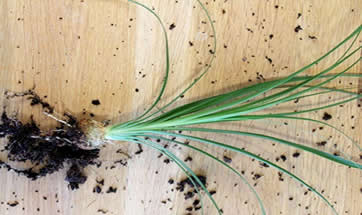
If you’re hoping to encourage pup growth, outdoor placement with plenty of sun and space gives the plant the best conditions.
Be patient—some plants take years before producing their first offset.
When they do, the propagation process is the same as indoors.
Caring for New Plants: Keep It Dry and Bright
After planting an offset, place the new plant in bright, indirect light and avoid overwatering.
Let the soil dry out between waterings, and hold off on fertilizing until you see signs of new growth.
Once the roots are established and the plant starts to grow, you can feed lightly with a cactus or succulent fertilizer—something balanced like 10-10-10 this one, diluted to half strength every 6–8 weeks during the growing season.
Be sure to read our article Ponytail Palm Care: How to Grow This Playful, Drought-Loving Houseplant for more detailed care instructions.
Final Thoughts
Ponytail Palm propagation takes time and a bit of luck, especially if you’re waiting for pups.
But once you have an offset, turning it into a brand-new plant is a rewarding, low-maintenance process.
With warmth, patience, and minimal fuss, your next ponytail palm can start its slow, sculptural journey from the base of your favorite desert beauty.

